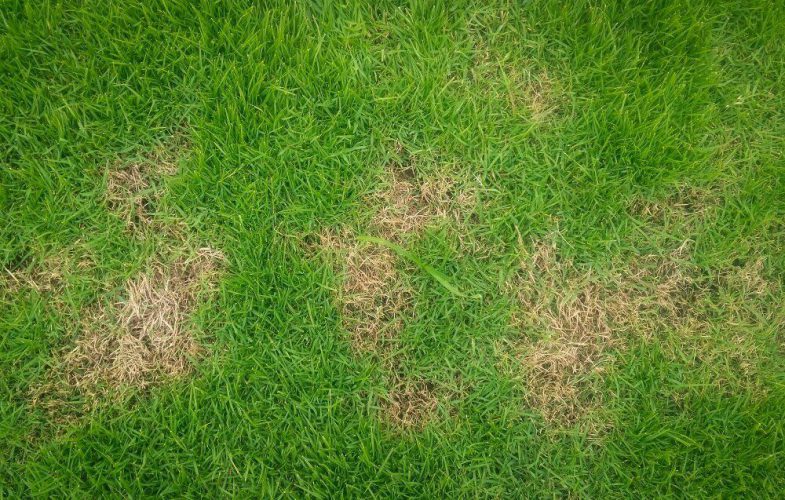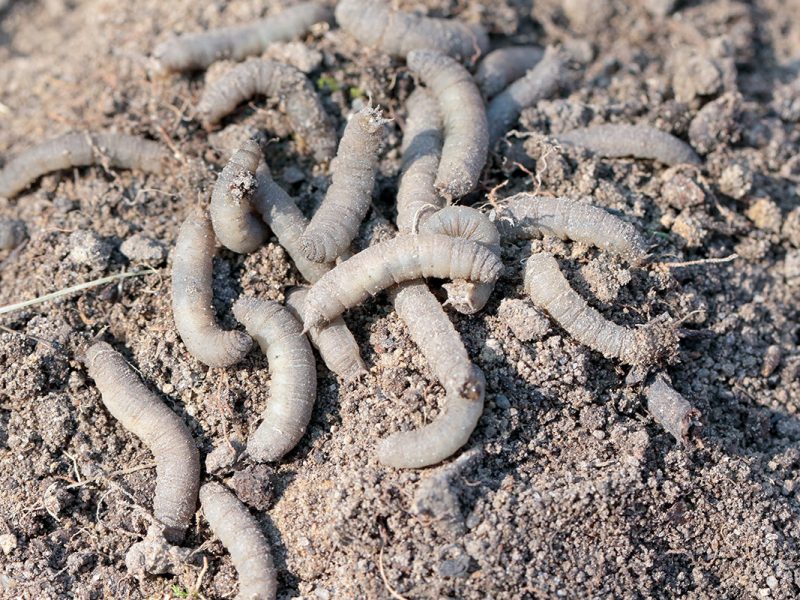We all know that autumn is the time of year when mushrooms and other fungi thrive, and this includes some varieties such as fusarium patch, that can be devastating to your lawn.
What is fusarium patch?
Known commonly as snow mould, fusarium patch is one of the most damaging lawn diseases found in the UK, with rapid treatment required to prevent it from taking over entire lawns quickly.
It is caused by a fungus known by the Latin name of microdochium nivale, and occurs commonly in the autumn as well as during milder periods of winter. It gets the name ‘snow mould’ from the fact it often occurs after snowfall – appearing as the snow thaws.
How to spot it
Keep your eyes peeled for small, roughly circular, patches of dying grass that are a yellow or brown colour – this is the first sign of the disease setting in. These patches will duplicate and as they grow in diameter they will eventually merge together, leading to the destruction of large sections of the lawn.
When wet you may notice a white or pink-hued cottony/fury mould growing on top too — this is sometimes confused with red thread, another pernicious lawn fungus that is less damaging.
How to prevent it
As with most things, prevention is the best cure, so practising good lawn care and hygiene is important.
Waterlogging is one of the most common causes of the disease, which is in turn most commonly caused by soil compaction. For this reason, we recommend everyone has an annual aeration treatment — this combats compaction and helps water to soak into the ground and reach the grass roots, rather than sitting at the top causing disease!
Scarifying the lawn will also improve drainage and airflow which will further reduce the likelihood of snow mould taking hold.
How to treat it
If you spot the signs of fusarium patch in your lawn it is vital to act quickly, as the disease can spread rapidly and cause huge damage to the lawn if left untreated. For this reason, we recommend you contact your local Greensleeves lawncare expert who will be able to treat it with our own specially formulated fungicide which is very effective.
Once the fusarium patch infection has been treated it is also important to treat the root causes that led to the infection taking hold in the first place — by aerating and scarifying the lawn.
If you spot the signs and symptoms of this damaging fungus in your lawn, act fast – contact your local expert with haste.





